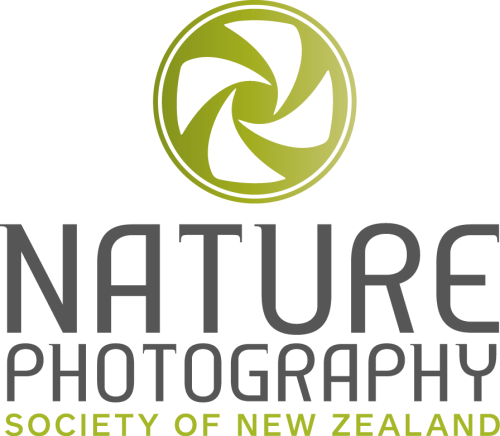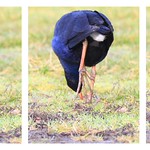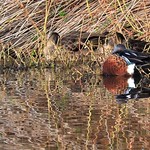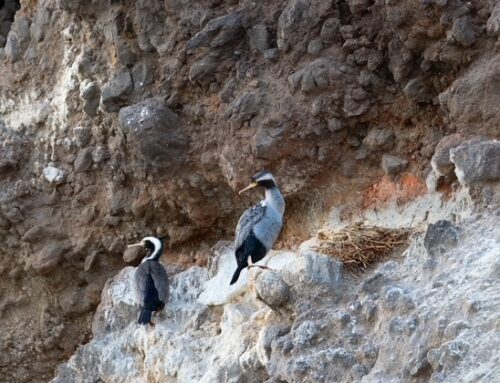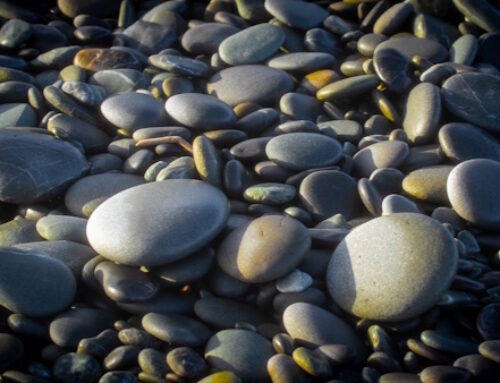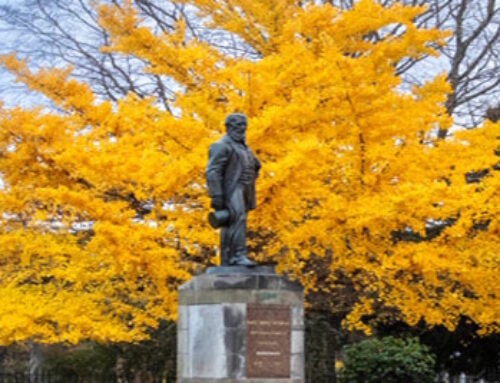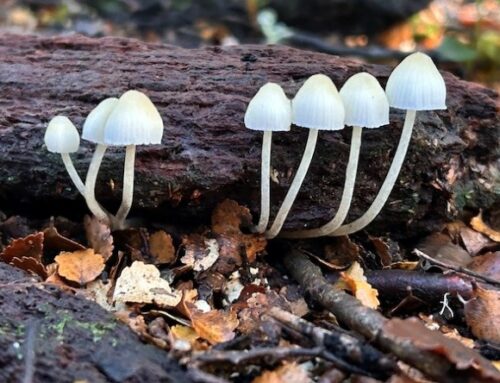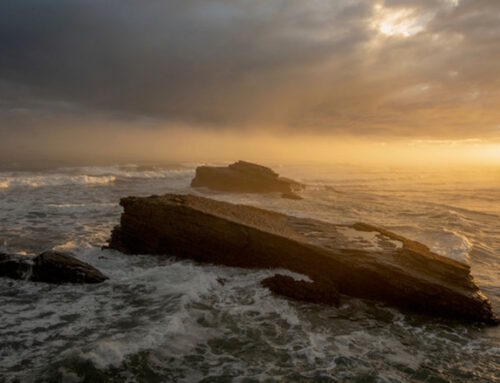NPSNZ Bird Photography Workshop – 28 July 2018
Presenter: Bevan
Report by: Barry
Venue: Travis Wetland and the Travis Wetland Education Centre, Burwood.
Seventeen members including our presenter plus one guest attended the half day workshop. We kicked off the event at 9am with a short walk through the wetland where Bevan covered some key points about bird behaviour, lighting conditions best suited to bird photography, the need for patience and planning, composition, etc. Weather was fine and overcast.
We then convened to the Education Centre, a well set up venue comprising a large meeting room with tables and ample chairs, kitchen, ablutions etc., for our group discussion. Topics covered included:
- Best photo months- from late July where birds are establishing territory pre mating. So be prepared by practicing at home while birds are hungry
- Setting up your camera- large capacity card, ISO setting, exposure mode- aperture priority and shutter speed
- Depth of Field settings and discussion about the area of sharp focus with each setting
- Auto focus – set camera to continuous auto focus with single point for stationery birds or 9 points as a compromise. 51 or higher for birds in flight.
- Photographing white birds where clipping the highlights can be an issue. Underexpose by up to 1 stop.
- Light conditions- cloudy and bright- 1st choice, dark conditions are least suitable and try and get into position where light is coming from behind the photographer.
- Tripods- discussion about Gimbal heads, benefits and use of these
- Composition- get as close as can to your target, use a hide and use of your car as a hide and strategy for moving. Focus on the eyes, try and avoid messy backgrounds or have suitable DoF to blur these out at the same time as ensuring getting the key elements of the target bird in focus. Aim for getting photos that tell a story and this could include low level shots incorporating such items as rushes to show off the birds environment.
- Use of water craft- canoes and kayaks ok but keep movement to a minimum
- Understand bird behaviour including the fact that birds take off into the wind and be patient.
- Tech talk- discussion re prime lenses v telephoto zooms.
The workshop was the first of three for 2018. The objective was to provide the opportunity for members to expand or enhance their bird photo taking skills , be exposed to techniques members may be unfamiliar with or not skilled in, or perhaps to achieve a higher level of satisfaction from bird photography. Some of the techniques, strategies etc. will have application to other wildlife photography as well.
Two handouts were printed for members to take and a further 10 were emailed either all or selected ones on request. These along with the comprehensive discussions will be of benefit to members attending the workshop.
Our thanks to Bevan for leading the workshop, passing on practical advice based on his extensive experience and the considerable time spent on preparation. A successful exercise that will have lasting benefits to members attending.
To view more images please visit Flickr
